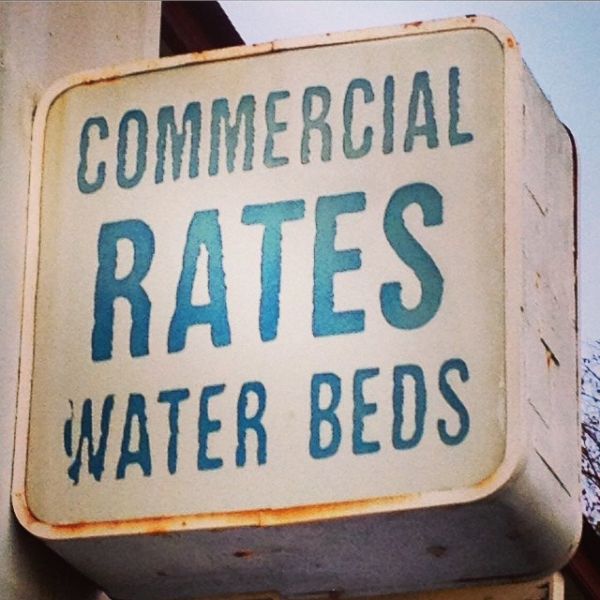By some accounts, waterbeds date all the way back to 3600 BCE, when Persians filled goat-skin mattresses with water warmed by the sun. In the early 1800s, Dr. Neil Arnott, a Scottish physician, created a “hydrostatic bed” for hospital patients with bedsores. This was essentially a warm bath covered with a thin layer of rubber and then sealed up with varnish. In 1853, Dr. William Hooper of Portsmouth, England patented a therapeutic rubber mattress that could be filled with water. It, too, was for hospital patients suffering from poor circulation and bedsores. In the mid 20th century, science fiction writer Robert Heinlein—inspired by the months he spent bedridden with tuberculosis in the 1930s—described waterbeds in great detail in three of his novels. The beds he envisioned had a sturdy frame, were temperature-controlled, and contained pumps that allowed patients to control the water level inside the mattress. There were also compartments for drinks and snacks, which sounds really convenient. It was, according to Heinlein, “an attempt to design the perfect hospital bed by one who had spent too damn much time in hospital beds.”An article at mental_floss follows the history of the waterbed, up through the period when we all decided they were more hassle than they were worth.
Welcome to ...
The place where the world comes together in honesty and mirth.
Windmills Tilted, Scared Cows Butchered, Lies Skewered on the Lance of Reality ... or something to that effect.
Windmills Tilted, Scared Cows Butchered, Lies Skewered on the Lance of Reality ... or something to that effect.
Tuesday, February 16, 2016
What Ever Happened To Waterbeds?
In
the 1980s, it seemed like everyone had waterbeds. They were relatively
inexpensive, you could move them without a truck, and (at least in the
beginning) they were pretty cool. Then as the ‘90s dawned, it seemed
like they just disappeared. The story of the waterbed begins a lot
earlier, though.
Subscribe to:
Post Comments (Atom)


No comments:
Post a Comment